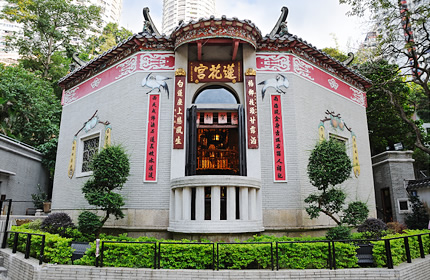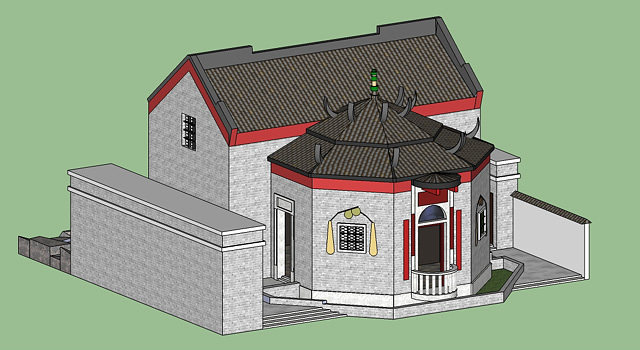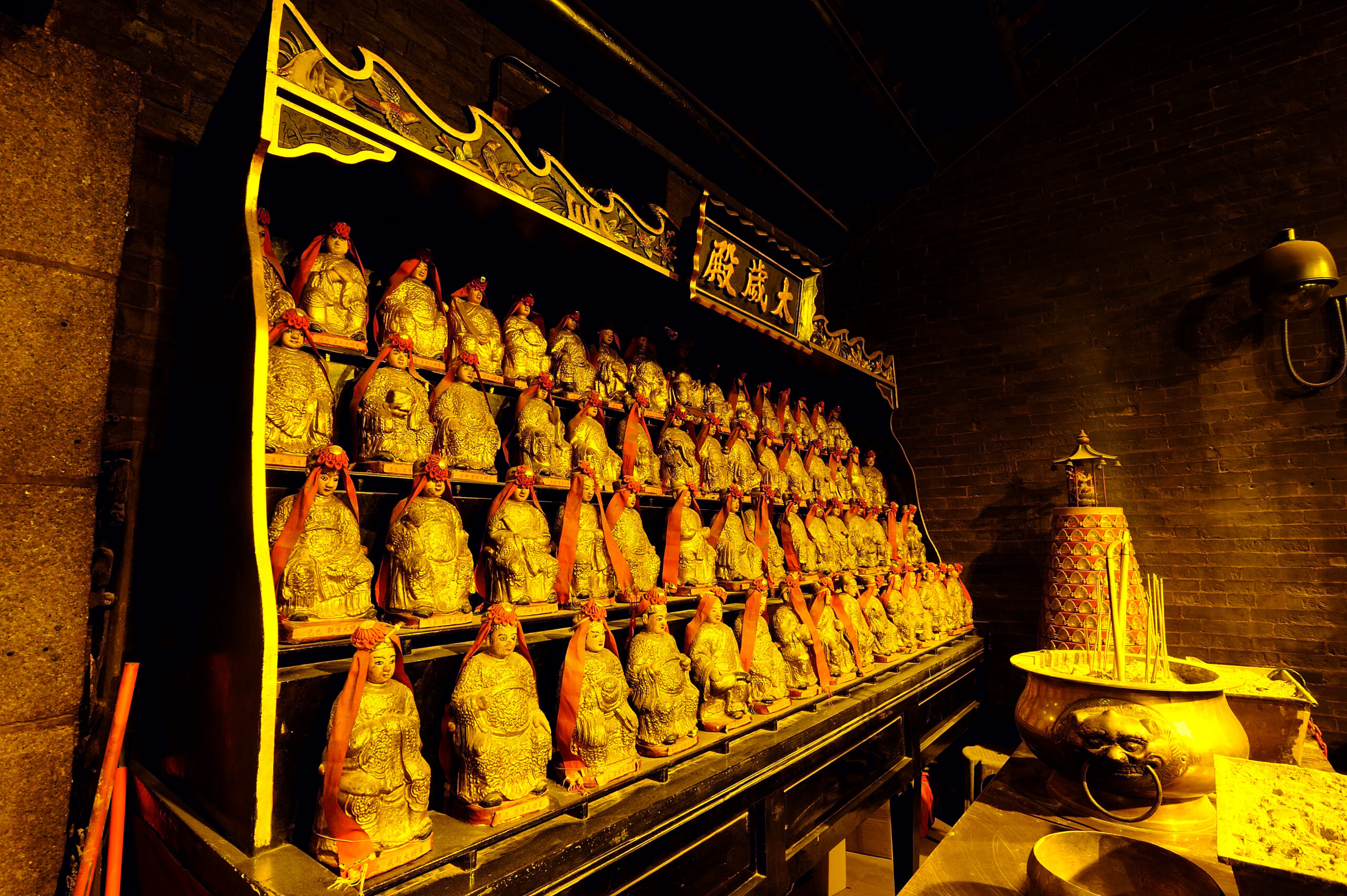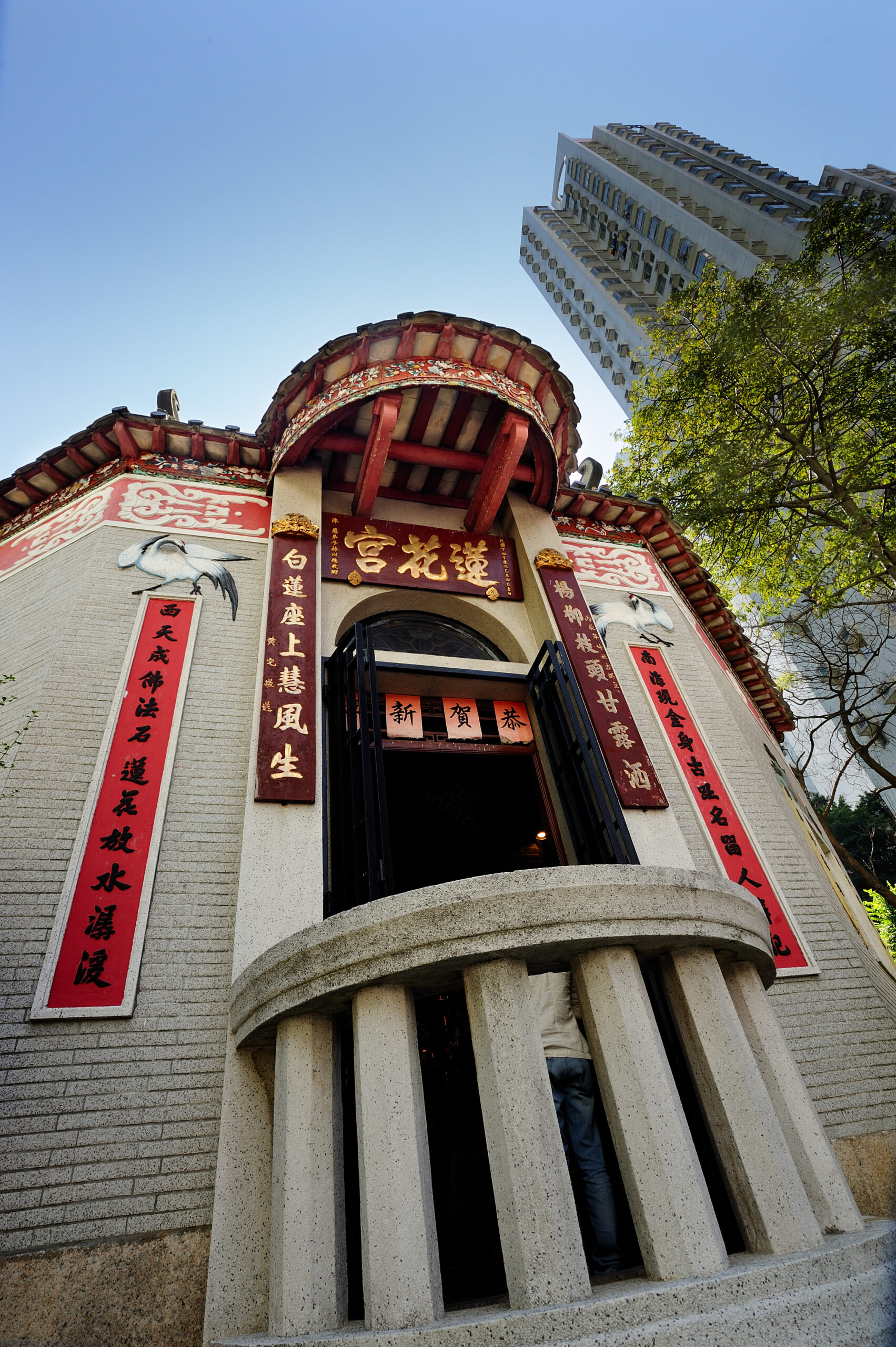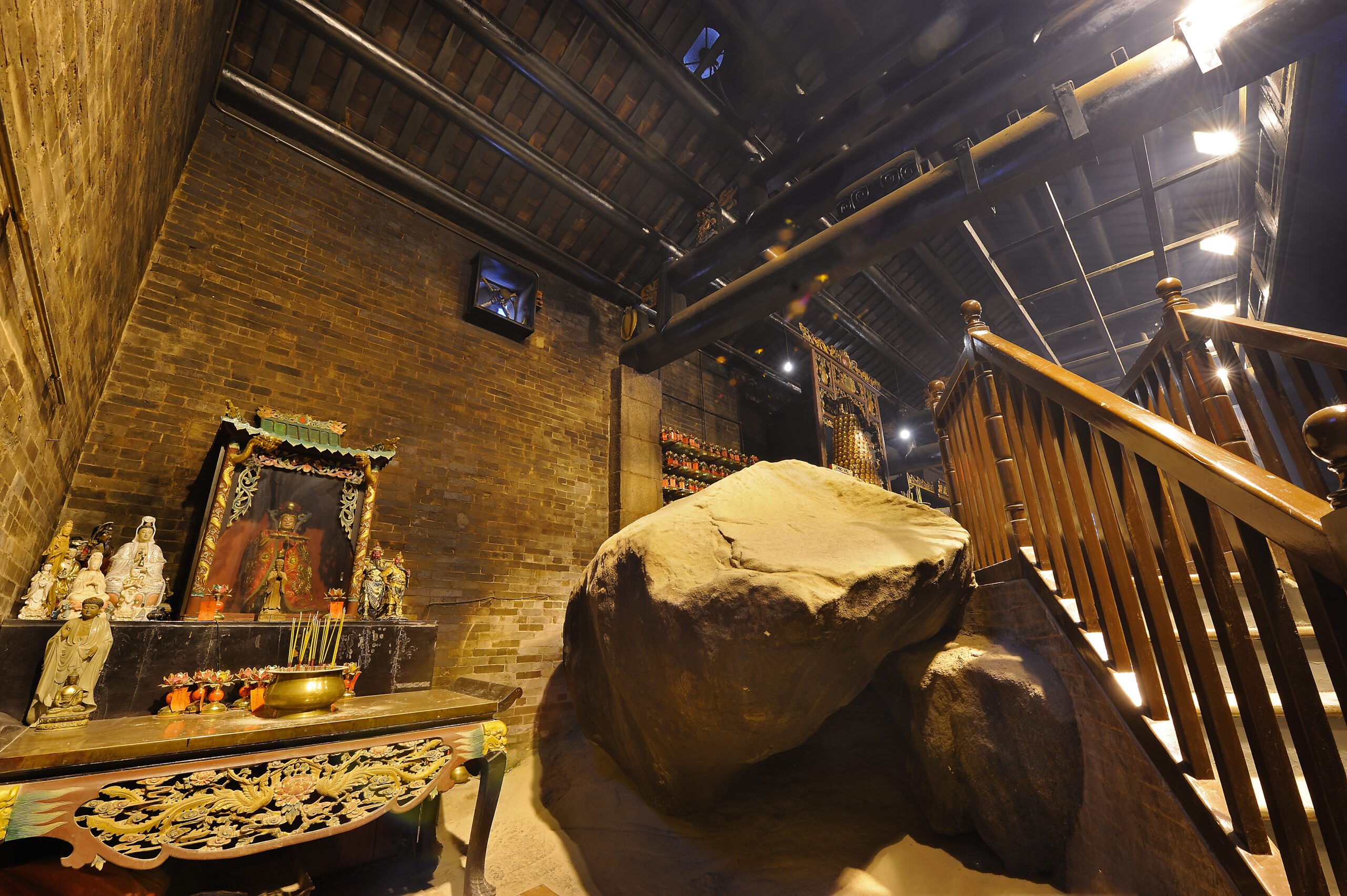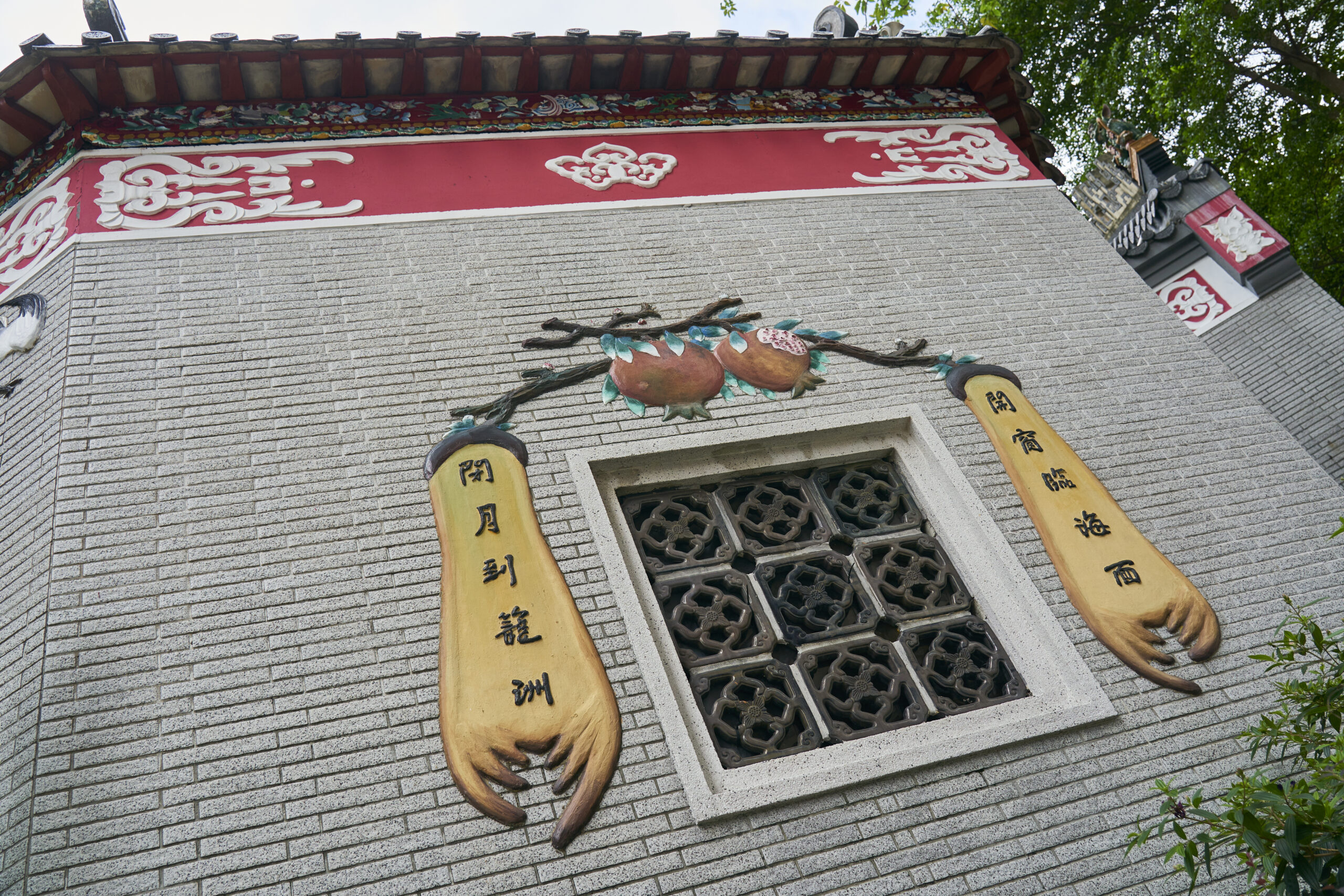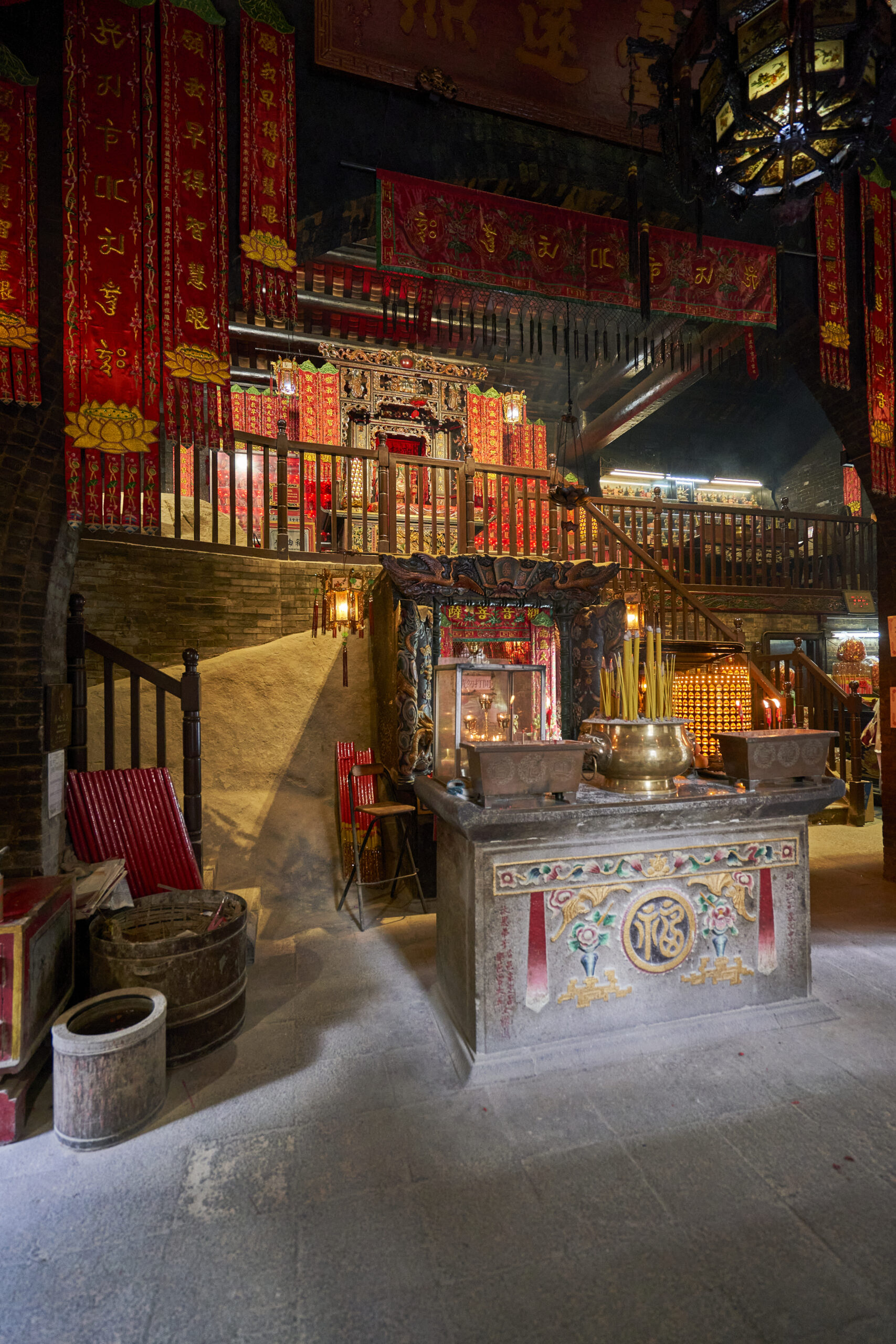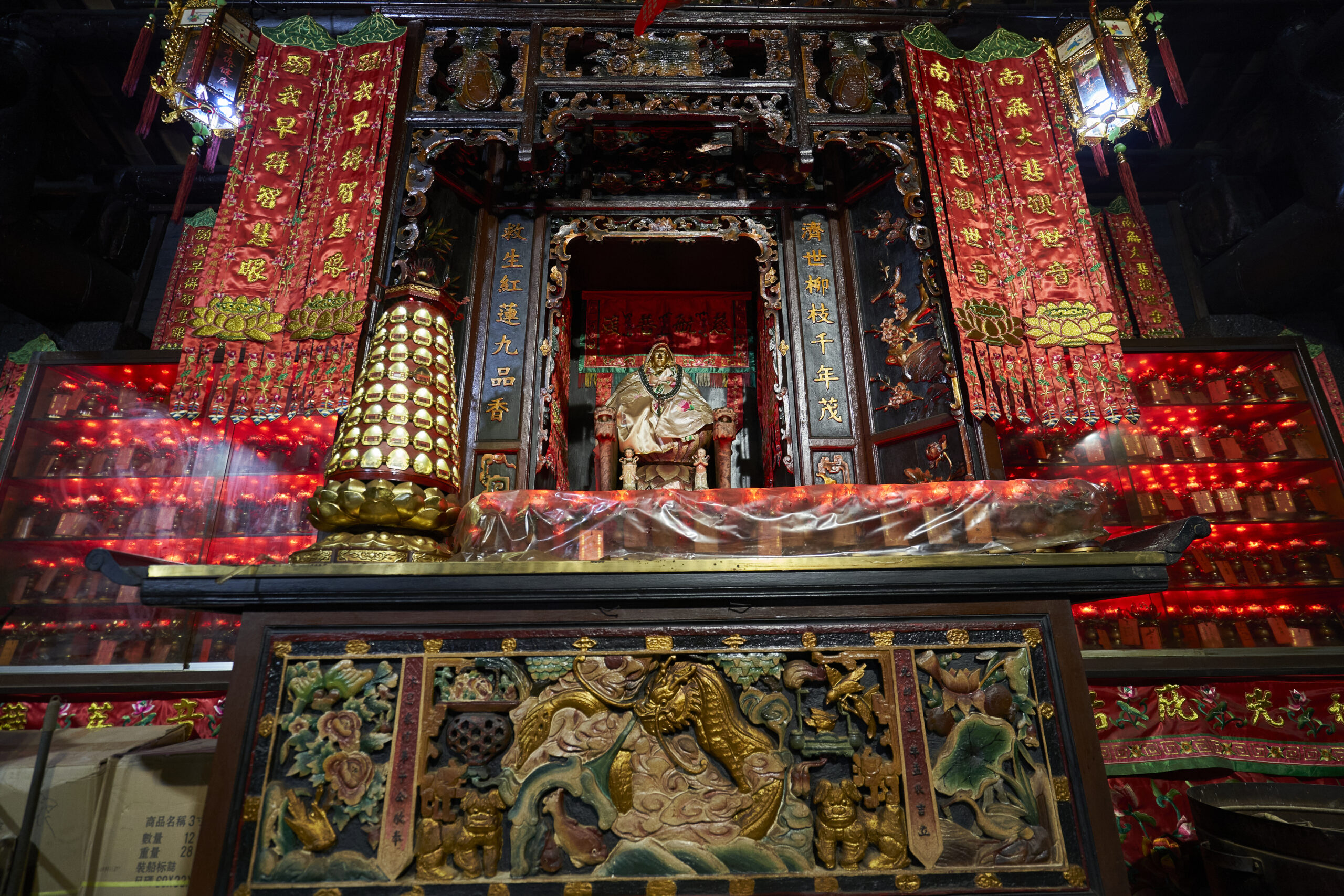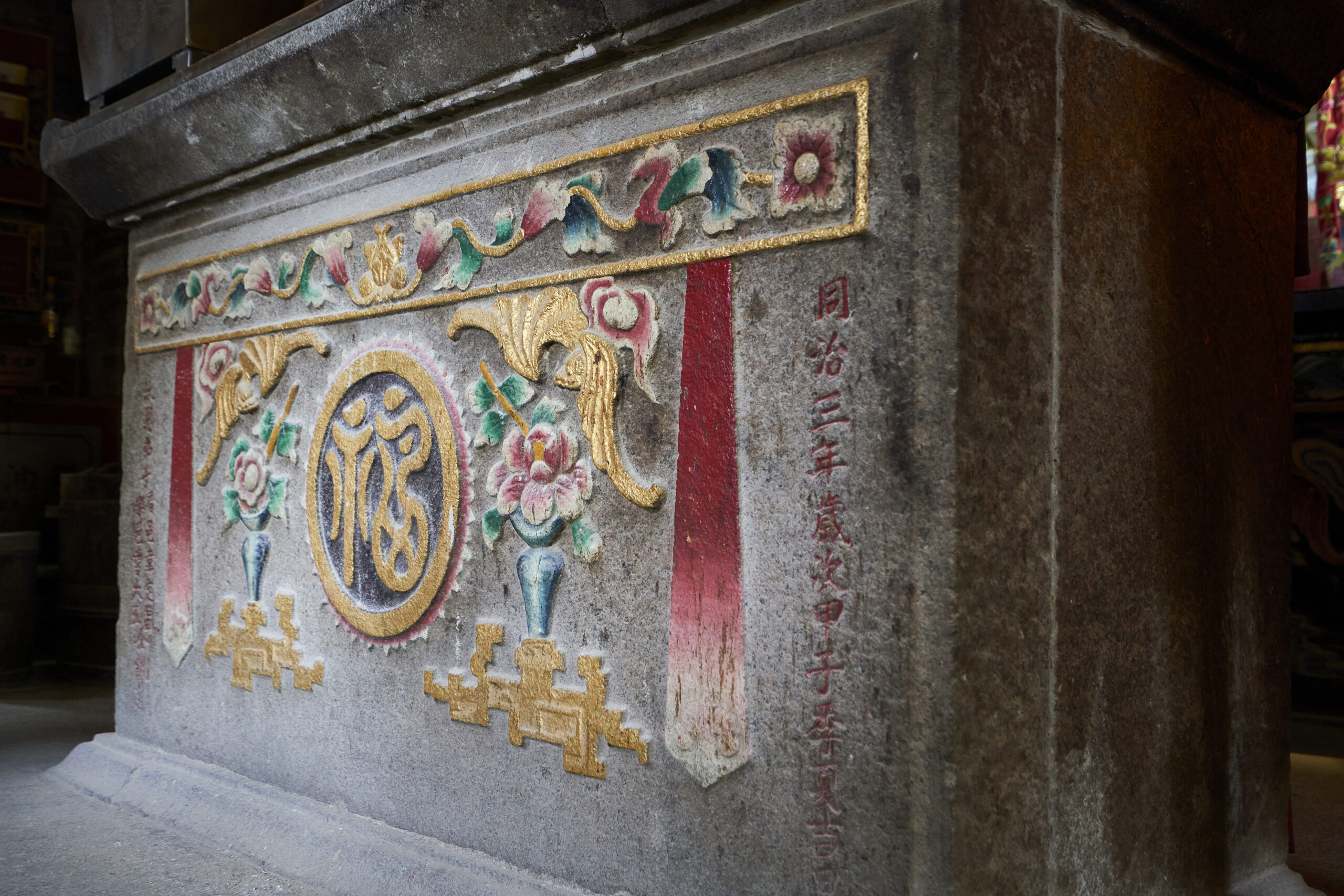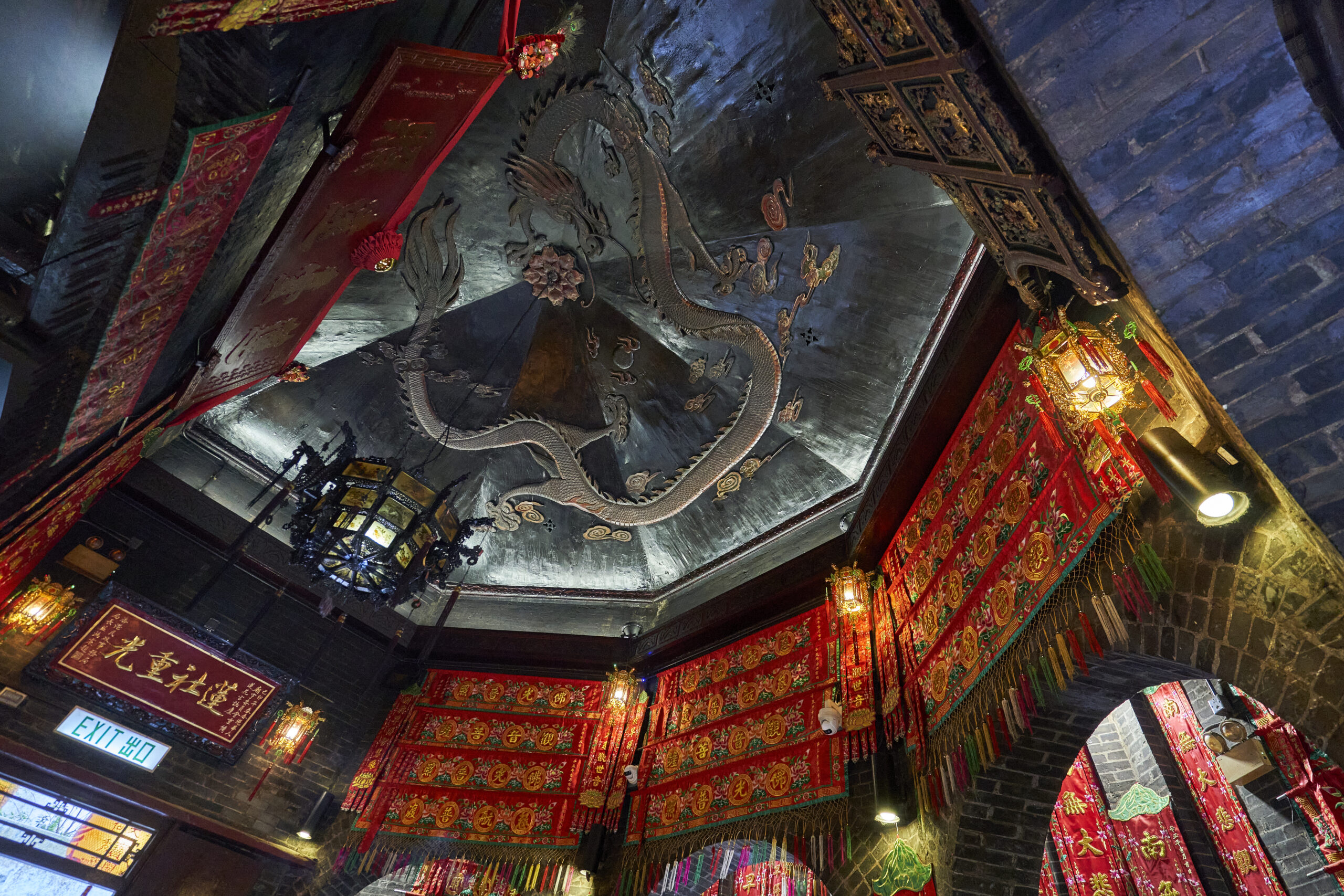Administered Temples
Lin Fa Kung, Tai Hang

Address
Lily Street, Tai Hang, Hong Kong
Lily Street, Tai Hang, Hong Kong
Public Transport
MTR – Tin Hau Station Exit B, walk along Tung Lo Wan Road for 5 minutes, continue onto Lin Fa Kung Street West
Opening Hours
7:30am to 5:00pm each day
7:30am to 5:00pm each day
TEL No.
2578 2552
2578 2552
1. Octopus

Please use your mobile to scan this QR code to make donation via Octopus:

2. AlipayHK

Please use your mobile to scan this QR code to make donation via AlipayHK:


